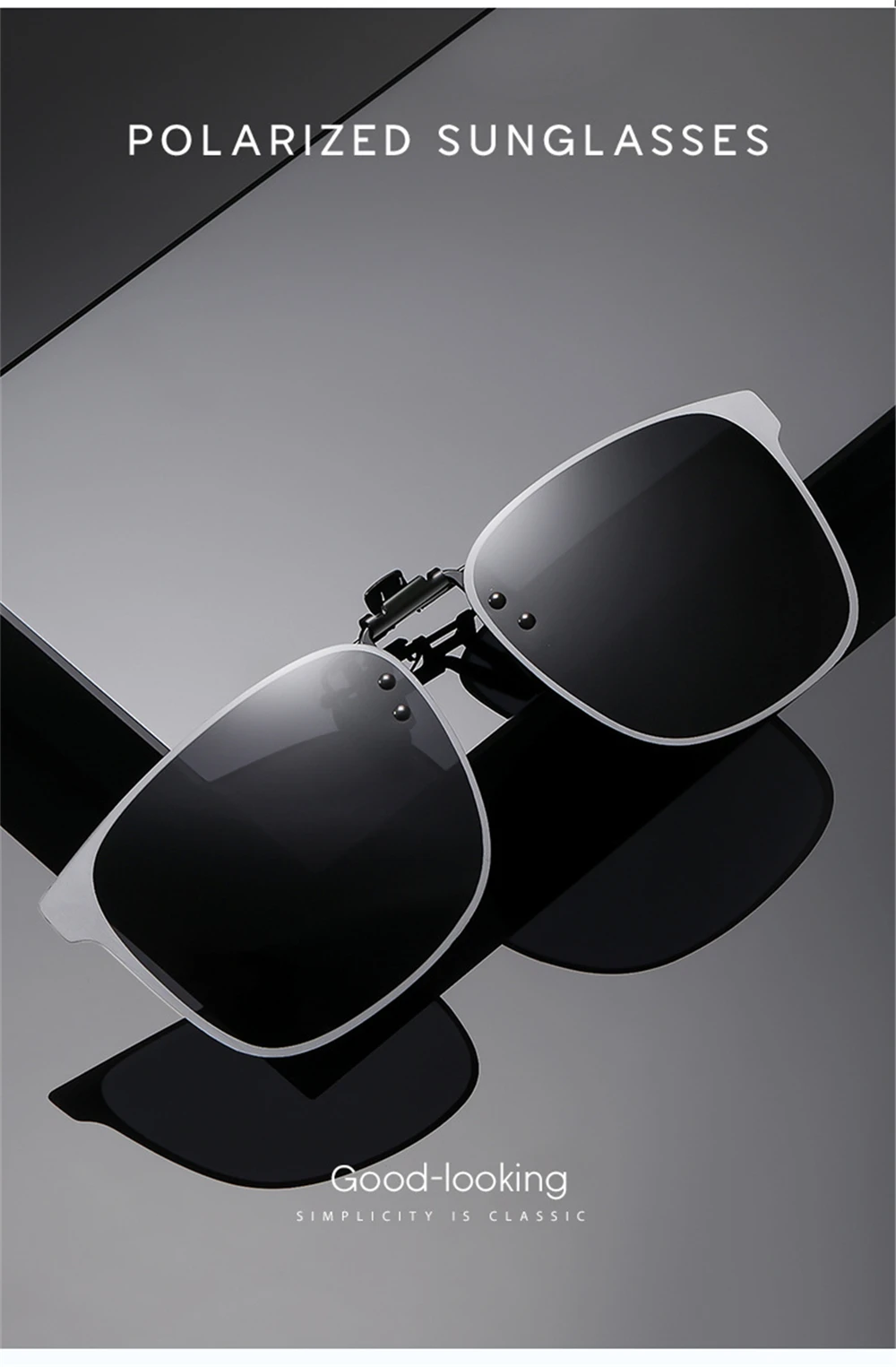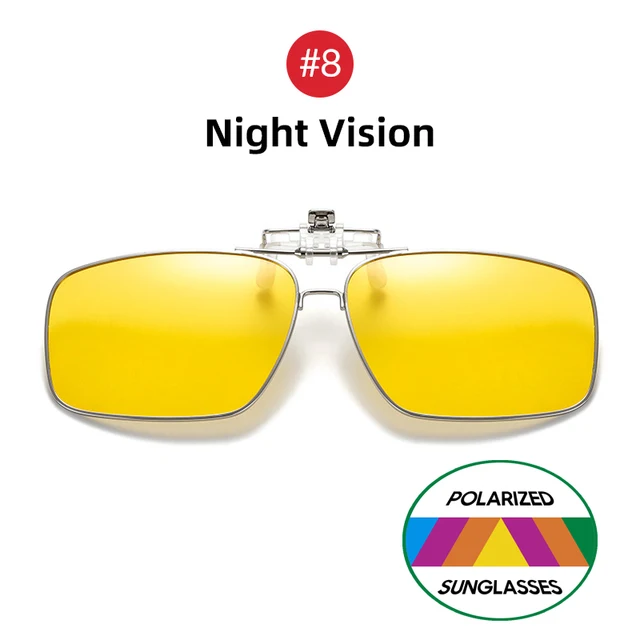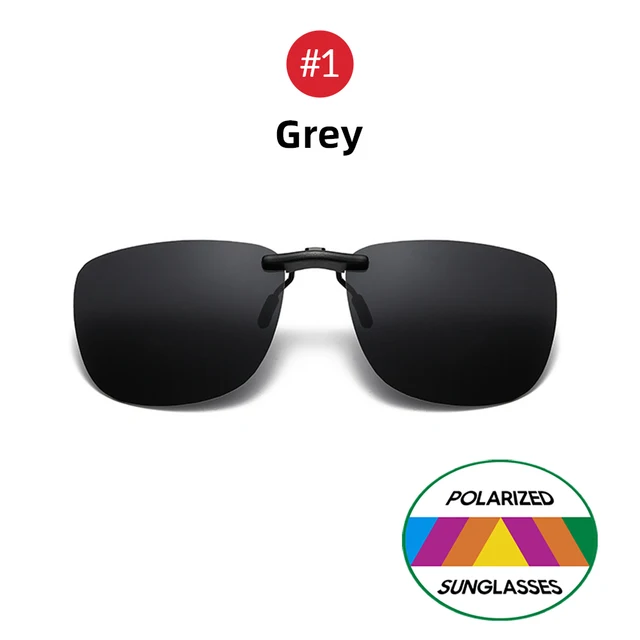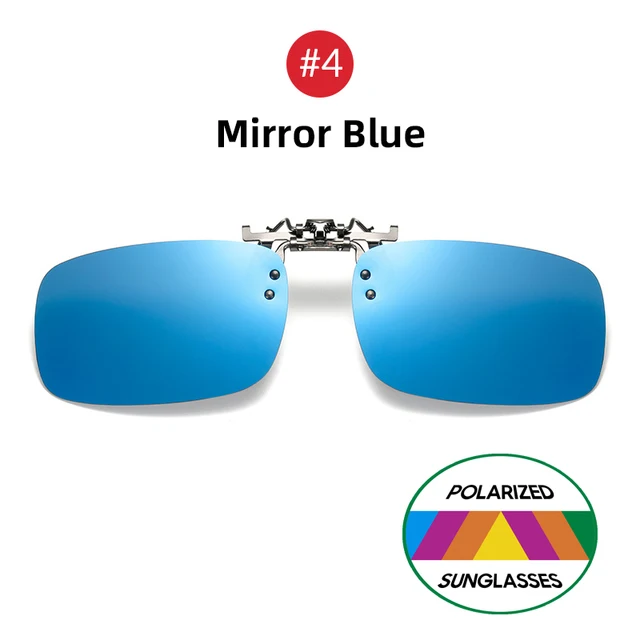The Ultimate Guide to Polarized Sunglasses: Everything You Need to Know

Introduction
Polarized sunglasses are a popular choice for many due to their ability to reduce glare and improve visual comfort. Whether you’re an outdoor enthusiast, a driver, or someone who simply spends a lot of time in bright environments, understanding the benefits and distinctions of polarized lenses can significantly enhance your eyewear experience. In this guide, we will delve into various aspects of polarized sunglasses, answering common questions and helping you make an informed decision for your eyewear needs.Outline
- What is the best color for polarized glasses?
- What is the difference between Polarized and 100% UV protection?
- What is the highest UV protection for sunglasses?
- When should you not wear polarized sunglasses?
- Which is better, UV or polarized sunglasses?
- Which is better, UV400 or polarized?
- Who should not wear polarized sunglasses?
- Who should wear polarized sunglasses?
- Why buy non-polarized sunglasses?
- Why are polarized sunglasses better than ordinary glasses?













